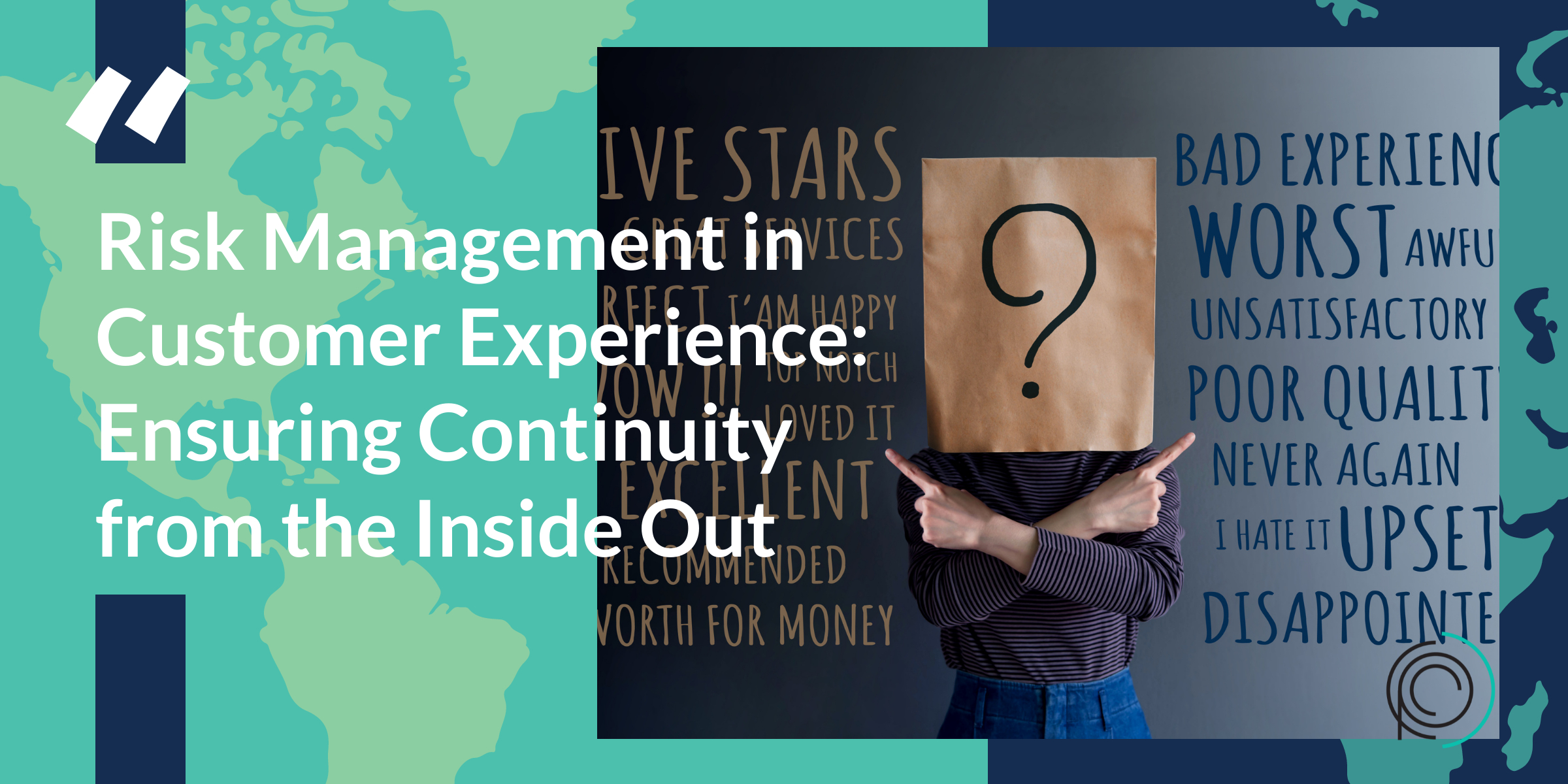Turning Challenges into Opportunities: Your Roadmap to Business Recovery
Running a business can be challenging, and at times, problems can arise that seem impossible to solve. Whether it’s financial struggles, employee issues, or market changes, it can feel overwhelming when nothing you know to do works. The stress of mounting bills, the frustration of low morale among staff, and the uncertainty brought on by shifts in the market can all contribute to a sense of despair. But don’t give up hope just yet! There are still opportunities to turn things around. In this blog post, we will explore some effective strategies that you can use to address business problems and stop the bleed when nothing seems to be working. From revisiting your financial plans to improving internal communication and staying adaptable to market trends, we’ll cover a comprehensive approach to navigating these turbulent times.
First, it’s crucial to conduct a thorough analysis of the problem. Take the time to understand the root cause of the issues you’re facing. Is it a cash flow problem, or are there deeper financial mismanagement issues at play? Are employee issues stemming from poor communication, lack of training, or perhaps a toxic work environment? Understanding the core problem can help in devising appropriate solutions.
Next, consider seeking advice from external experts. Sometimes, a fresh perspective can offer insights that you might have missed. This could mean consulting with Operational consultants, and business advisors, or even attending industry workshops to gain new knowledge and tools.
Another vital strategy is to prioritize and tackle one problem at a time. Trying to solve everything simultaneously can lead to burnout and ineffective solutions. By focusing on one issue, you can allocate resources more efficiently and achieve better results.
Additionally, consider implementing a feedback loop within your team. Encourage open communication where employees can share their ideas and concerns. This not only helps in identifying hidden issues but also fosters a collaborative environment where solutions can be brainstormed collectively.
Lastly, never underestimate the power of resilience and adaptability. Business landscapes are constantly changing, and being flexible with your strategies can make a significant difference. Learn from each challenge and adapt your approach as needed, maintaining a positive outlook and a willingness to pivot when necessary.
While running a business can sometimes feel like a series of insurmountable obstacles, there are practical steps you can take to address these challenges. By conducting a thorough analysis, seeking external advice, prioritizing problems, fostering open communication, and maintaining resilience, you can stop the bleeding and steer your business towards a path of recovery and growth.
Let’s dig deeper.
Identify the root cause
When things are falling apart, it is crucial to identify the root cause of the problem. Is it a financial issue that’s causing a strain on resources? Financial problems can manifest in various ways, such as dwindling cash flow, mounting debts, or inefficient budget allocation. Are your products or services no longer meeting the evolving needs and expectations of your customers? Customer satisfaction is paramount, and failing to keep up with market trends and preferences can lead to a decline in sales and brand loyalty. Or is it an internal problem with the team, such as poor communication, lack of motivation, or skill gaps? Internal issues can severely impact productivity and morale, leading to a disengaged workforce and high employee turnover.
Once you identify the root cause, it becomes easier to devise a targeted solution. For example, if the issue is a financial one, you could explore options for additional funding, such as seeking investors or applying for loans, or you might consider reducing overheads by cutting unnecessary expenses. You could also look into improving financial management practices, such as better financial planning and forecasting. Additionally, if the problem lies with customer satisfaction, you could gather feedback to improve your offerings. This could involve conducting surveys, focus groups, or actively engaging with customers on social media to understand their needs and preferences better. If it’s an internal team issue, implementing better training programs or team-building activities could make a significant difference. Regular performance reviews, open communication channels, and professional development opportunities can also help address internal challenges and foster a more cohesive and motivated team.
Get an outside opinion
Sometimes when you are too close to the problem, it becomes challenging to see a way out. That’s why it’s helpful to talk to someone outside of your team or business. An outside opinion, whether it’s from a mentor, industry expert, or even a friend who understands the context, can bring fresh insight into the situation and suggest ideas that you may not have thought of. These external perspectives can help you identify blind spots, consider alternative approaches, and ultimately make more informed decisions.
Engaging with someone who isn’t directly involved can provide the objectivity needed to navigate complex issues effectively. For instance, a mentor with years of experience may offer invaluable advice on strategic planning, while an industry expert can give you insights into market trends and potential disruptions. Even a friend who has no stake in your business can offer a different perspective, helping you to see the problem from a new angle. This diverse range of inputs can be crucial in crafting a well-rounded strategy to tackle the challenges you face, ensuring you don’t miss out on any potential solutions.
Take a step back and assess your market
If you’re experiencing problems with your business, it could be that you’ve lost touch with what your customers are looking for. Take a step back and look at the market, analyze the trends, and see if there are opportunities you haven’t considered. Dive deep into market research, talk to your customers, and gather feedback. Conduct surveys, focus groups, and interviews to gain a comprehensive understanding of their needs and preferences. Look at your competitors and see what they’re doing differently. Study their strategies, marketing campaigns, and customer engagement approaches. Sometimes, a fresh perspective can reveal gaps in your strategy and uncover new avenues for growth. It’s essential to stay adaptable and responsive to the ever-evolving market demands. Regularly reviewing and adjusting your business approach based on customer feedback and market trends can help you stay ahead of the competition and maintain relevance in your industry.
Focus on the team
Quite often, problems within a business stem from team conflicts. When your team isn’t functioning as it should, it impacts every aspect of the business, from productivity and morale to overall performance. This can lead to missed deadlines, decreased quality of work, and even high turnover rates as team members become dissatisfied.
Take the time to work closely with your team to identify the underlying issues and find a solution that works for everyone involved. This may include providing additional training to enhance skills, hiring new team members to fill gaps, or redefining roles and responsibilities to ensure that everyone is aligned and working towards the same goals. It might also be beneficial to conduct regular team-building exercises to strengthen relationships and improve communication skills.
Effective communication and collaboration are key to resolving conflicts and fostering a positive work environment. Encourage an open-door policy where team members feel comfortable sharing their concerns and suggestions. Regular check-ins and feedback sessions can also help to keep everyone on the same page and address any issues before they escalate. By investing in your team and addressing conflicts head-on, you can create a more cohesive and productive work environment that benefits the entire organization.
Be flexible
Flexibility is key when dealing with business problems. It’s essential to adjust your strategy to adapt to market changes, which can be unpredictable and fast-paced. Your business must be agile and able to change direction quickly when things aren’t working as planned. This might involve reassessing your goals, exploring new markets, or even pivoting your entire business model. Being flexible ensures you can respond to challenges and seize new opportunities effectively.
For instance, consider how market demands can shift rapidly due to technological advancements, economic fluctuations, or even consumer preferences. A flexible business is better equipped to innovate and stay relevant in the face of such changes. This could mean adopting new technologies, forming strategic partnerships, or diversifying your product line to meet evolving customer needs. Ultimately, flexibility not only helps in mitigating risks but also positions your business to capitalize on emerging trends and stay ahead of the competition.
Addressing business problems can be complex, but there are effective strategies to stem the issues. Key steps include identifying the root cause, which often requires deep analysis and a willingness to question existing assumptions. Seeking external perspectives can offer fresh insights that internal teams might overlook. Assessing your market thoroughly helps in understanding the competitive landscape and potential opportunities or threats. Focusing on your team means ensuring everyone is aligned with the business goals, has the necessary skills, and feels motivated. Maintaining flexibility is crucial, as rigid strategies can fail in a dynamic environment. These approaches can drive successful resolutions. Remember, solutions may require some trial and error, so don’t give up too quickly. Experiment with different tactics, measure outcomes, and adjust as needed. Ready to initiate change? Contact one of our experienced consultants today for personalized guidance and support.






